Our first musical instrument replicas have now been made!
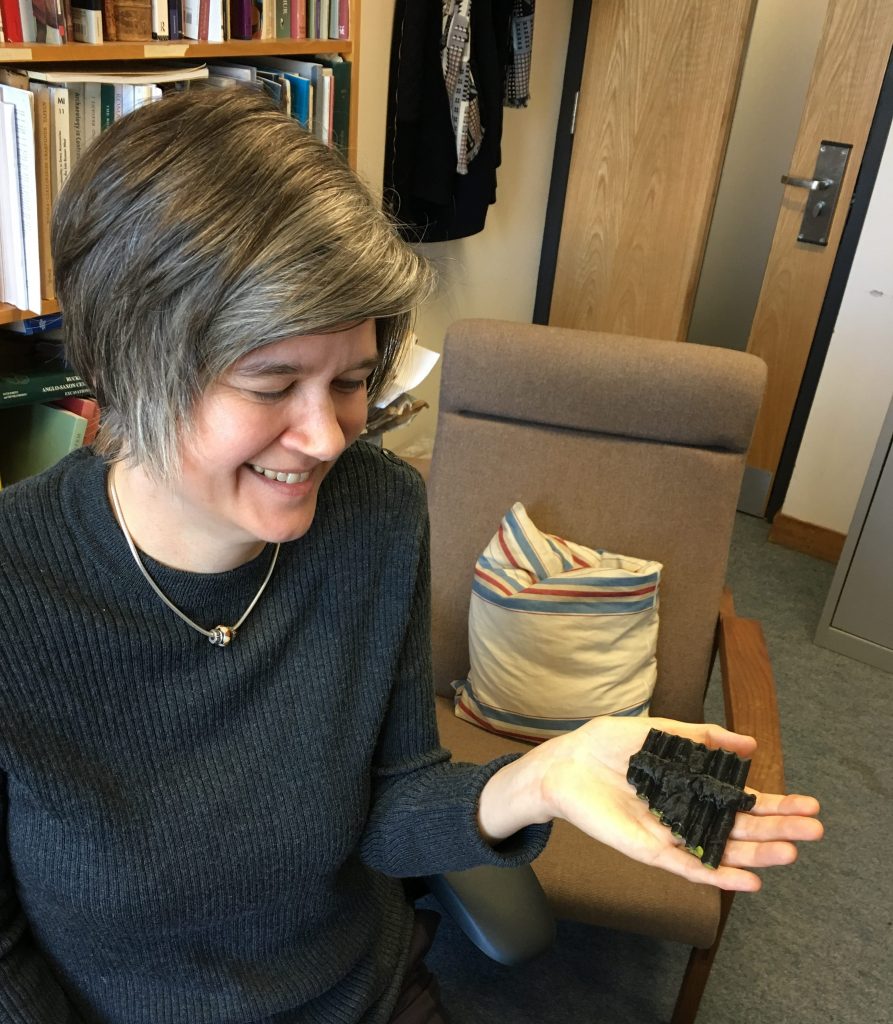
The small set of reed panpipes have been successfully 3d printed, using the data from our laser scanning. This was done by the School of Music and Fine Art. You can see from the pictures that the reproduction is identical in terms of size and shape. And excitingly, they also make a noise when played!
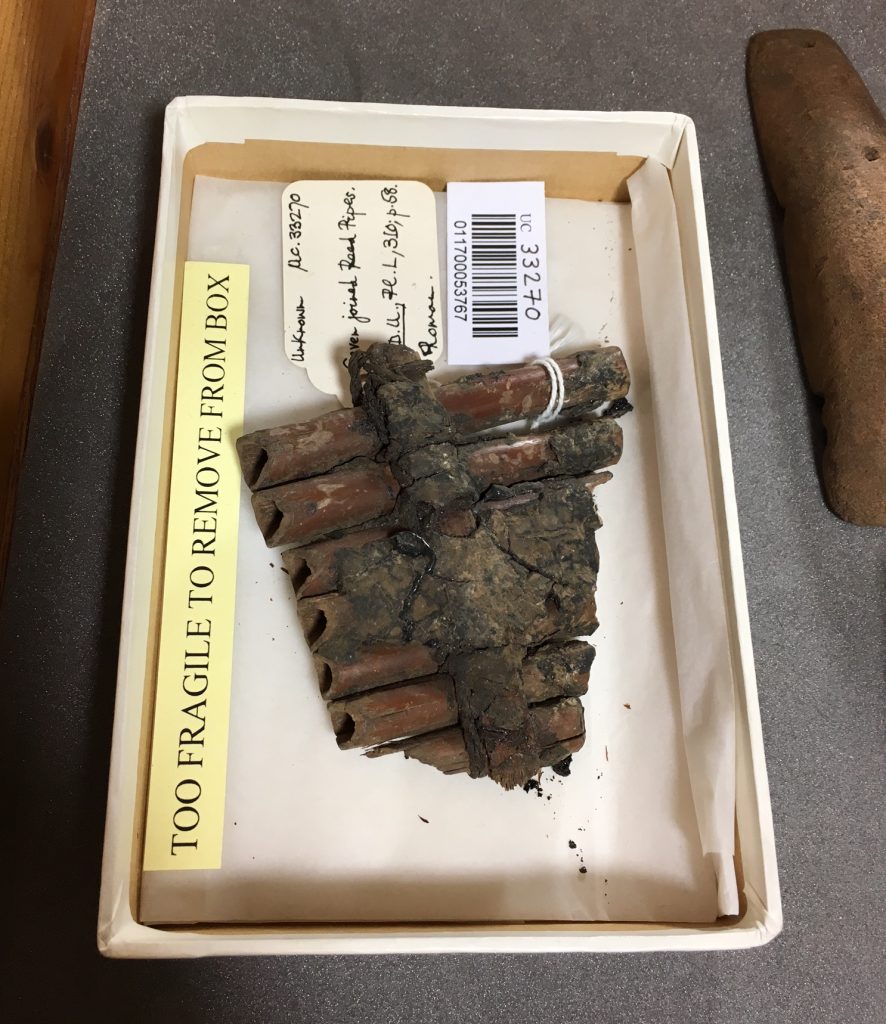
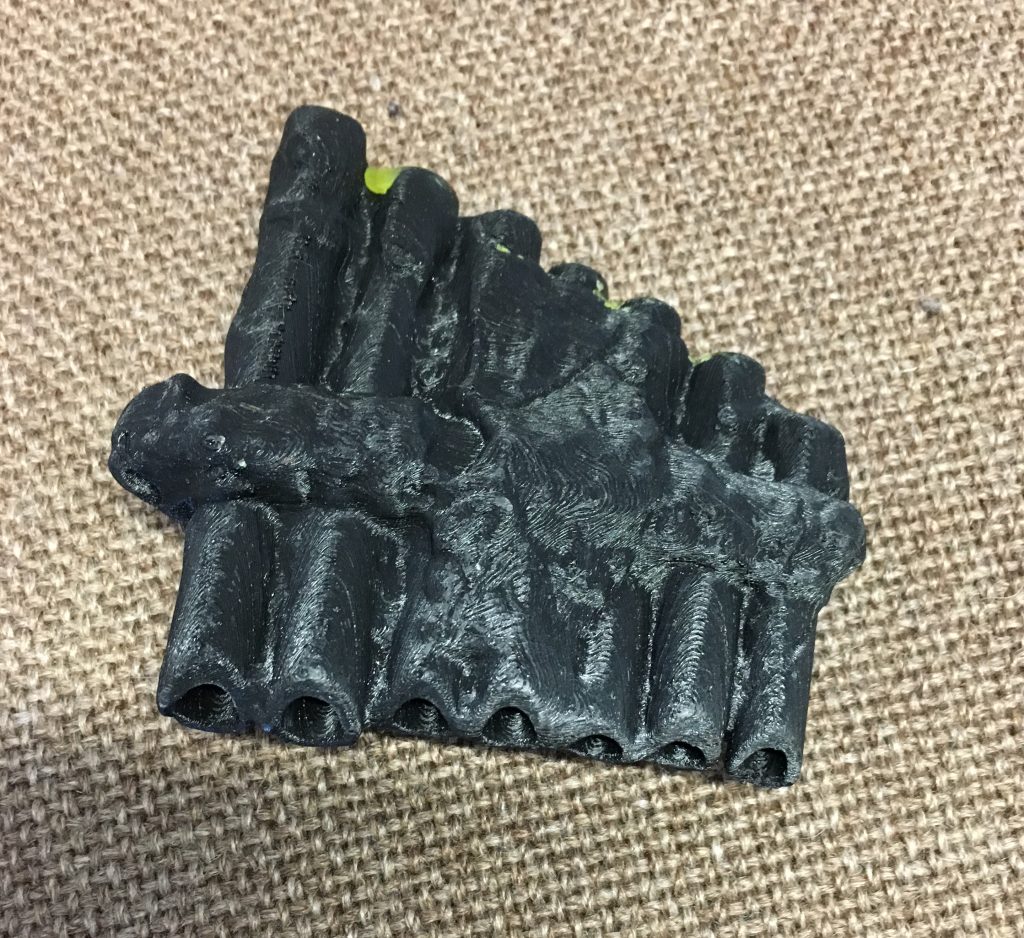
These pipes produce a range of high pitch notes when the top ends (which are cut slightly slanted, as seen in the picture above) are blown down. Our printed copy is made from PLA – a biodegradable thermoplastic produced from organic materials such as corn starch. The material that an instrument is made of naturally affects the sound it produces – so far, we believe the PLA is a fairly good analogy for the reeds the original panpipes’ used as it has a similar level of flexibility. The kind of reeds that were used to make the original set of pipes are practically impossible to acquire for replicas, as they are not sold as a product, and also require many years of growth to reach the required size thickness. So whilst it might seem anachronistic to use this plastic, it actually allows us to match a lot of the other variables such as size, shape, and thickness, that are essential factors in producing an authentic sound. The interior of each individual pipe was recreated on the digital scans by our technician Lloyd, using the original diameter measurements (you cannot scan inside the pipes due to their shape).
The original set of pipes has one tube sealed with what appears to be a plug of wax. In our reconstruction, this was the only pipe that made a sound when blown. We know from the ancient literature (e.g. pseudo-Aristotelian Problems 19.23) that plugging pipes with wax was a standard practice. Wax was used not just to stop the tubes, but to tune the notes; the precise tuning depended on the depth and shape of the wax, with a greater effect seen the shorter and narrower the pipe is. Ellen thus plugged the rest of the panpipes with wax and discovered that not only could the set as a whole now be played, but furthermore they played a scale.
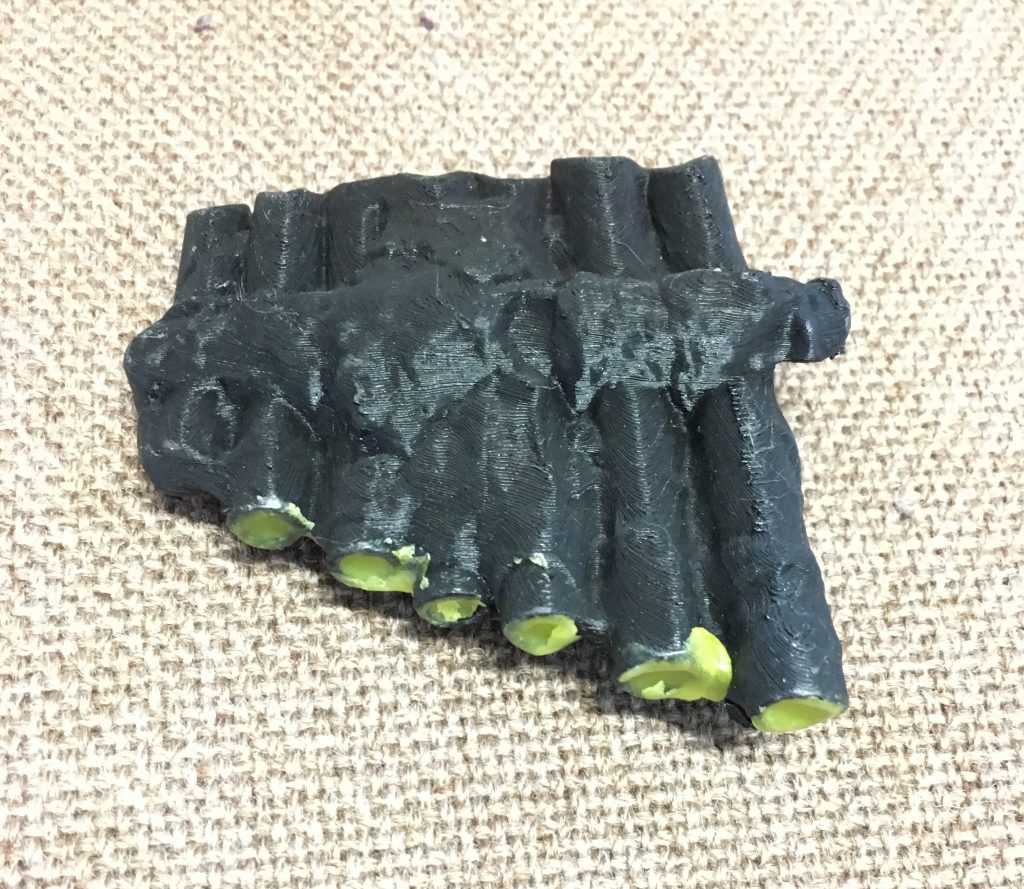
We know quite a bit about ancient Greek music from the Classical period to the early 4th c. AD thanks to treatises on harmonics by ancient authors such as Aristoxenus, Ptolemy, and Aristides Quintilianus. Musical scales were based on tetrachords (a series of four notes) and our pan pipes play two diatonic tetrachords linked by the note at the end of the first, and beginning of the second, chord. The notes, however, are surprisingly high compared to examples that we have from written musical notation. Further research is ongoing!
Of course, it was necessary to test the panpipes properly, and what would be more suitable than an excerpt from an original piece of 2nd -3rd c. AD music? So here we have a video of Ellen playing line 13 from Pap.Berlin 6870, followed by a demonstration of the scale.
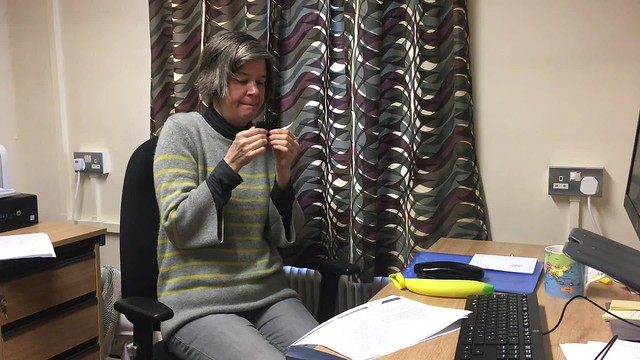
Our warmest thanks go to our advisory board member Dr David Creese of Newcastle University, who advised us extensively on the more technical aspects the panpipes and ancient music theory.
